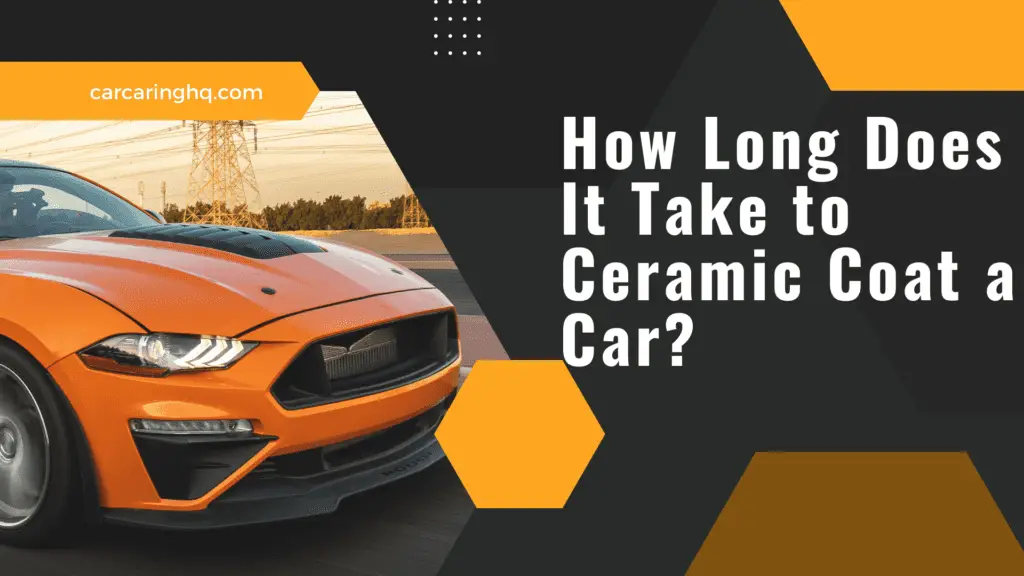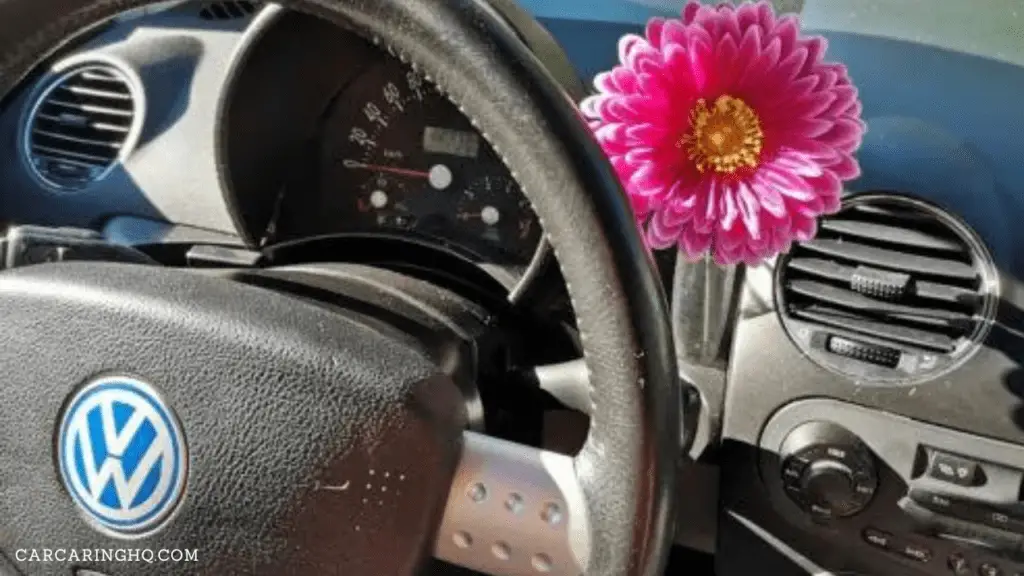The goal when dressing your car’s trim, rubber, and plastics is to create a striking contrast between these areas and the color of your paint and wheels. This ‘pop factor’ is what takes any car detail to the next level. Besides aesthetics, applying the appropriate dressing also helps protect your trim from future UV damage, ensuring it remains in top condition. Professional detailer Larry Kosilla explains how to achieve the longest-lasting shine and protection in this episode of Autoblog Details.
In order to achieve a perfect finish, it’s crucial to know which products to use and how to apply them. Aerosols are fantastic for tight and intricate areas, such as plastic honeycomb grills, where applicator pads can’t reach. It’s important to hold the sprayer at least eight to ten inches away and move it quickly back and forth for even coverage. For tires, choosing between solvent-based and water-based dressings is essential. Water-based dressings are preferred as they are less likely to dry out the rubber over time. Applying dressing to the wheel wells not only enhances the look but also creates a hydrophobic surface to deter snow and slush buildup in winter. By mastering these techniques, you can transform your car’s appearance and ensure it stands out from the crowd.
Table of Contents
Importance of Dressing Trim, Rubber, and Plastics
The primary goal when dressing trim, rubber, and plastics is to highlight the contrast between these areas and the car’s paint and wheels. This ‘pop factor’ is essential to elevate the overall appearance of the vehicle. Beyond aesthetics, using the right dressing also serves a protective role against UV damage, helping to keep the trim in top condition over time.
Professional detailer Larry Kosilla emphasizes the importance of selecting appropriate products and applying them correctly. Different locations on the car require different methods of application to achieve an even and long-lasting finish. For instance, aerosols are particularly effective for tight, intricate areas where applicator pads can’t reach, like plastic honeycomb grills or hidden engine components.
Using Aerosols Effectively
Aerosols are essentially a fine mist of liquid or solid particles suspended in a gas propellant. When applied to car trim, the aerosol’s propellant helps push the product into difficult-to-reach areas. Kosilla advises holding the sprayer eight to ten inches away from the surface and moving it back and forth quickly for even coverage. Staying in one spot for too long can cause build-up, running, or dripping, similar to using spray paint.
Once applied, it’s vital to allow the product a few minutes to dry before lightly wiping any excess on hard plastic surfaces. This step helps avoid attracting dust, especially if the car will be driven shortly after application. Ensuring even coverage is crucial to avoid uneven shiny spots that can be visually distracting.
Choosing Between Solvent-Based and Water-Based Dressings for Tires
Tire dressings generally fall into two categories: solvent-based and water-based. Solvent-based dressings are typically more liquid and tend to produce a glossier finish, but they have the downside of causing more ‘tire sling’—where the product splatters onto the car’s body while driving.
In contrast, water-based dressings are thicker and produce a satin finish, with less tire sling. Kosilla points out that solvent-based dressings can dry out rubber over time, making them hard and brittle. Many manufacturers have relabeled solvent-based dressings as ‘undercarriage shine’ because the solvents do not damage hard plastics. For best results and longevity, water-based dressings are recommended for rubber surfaces.
Application Techniques for Tire Dressing
For tire dressing, Kosilla recommends applying two beads of the product to a designated applicator pad. A key tip is to use each pad exclusively for one type of product. This specificity extends to waxes, sealants, and even towels to avoid cross-contamination.
To ensure even distribution, squeeze and prime the pad before spreading the dressing over one-third of the tire at a time. The applicator should be moved side-to-side and then up-and-down to thoroughly cover the tire’s designs, letters, and numbers. Repeating this process for the entire tire ensures comprehensive coverage. Storing the applicator in a plastic bag helps maintain it for future use, saving both time and product.
Dressing Wheel Wells and Modern Car Trim
Once the tires are dressed, it’s essential to move on to the wheel wells. Applying dressing in the wheel wells enhances contrast, similar to how a clean tuxedo elevates one’s appearance. It also provides practical benefits, such as creating a hydrophobic surface that helps deter snow and slush buildup in winter.
Modern cars often feature carpet-type material in wheel wells to absorb road noise, making them quieter. Although you can’t use an applicator pad on this material, aerosols can be employed to add hydrophobic properties. Maintaining clean and well-dressed wheel wells is crucial for an overall polished look.
Maintaining and Restoring Faded Trim
Black trim has long been used to accentuate a vehicle’s lines, but it can fade quicker than the paint itself due to lacking a clear coat. There are three common methods to restore faded trim: using tire shine, trim gels, and trim dyes. Each method offers different benefits and levels of glossiness.
Tire shine is a quick and easy solution that provides a satin finish. Trim gels are thicker and provide a glossier shine, making the trim ‘pop.’ For severely faded trim, trim dyes can be applied with a paintbrush to restore the original color. However, caution is necessary when using dyes, as they can be messy. Taping off surrounding areas and wiping excess dye is essential to achieve the best results.
By following these detailed steps, you can achieve a professional and long-lasting shine for your car’s trim, rubber, and plastics. Not only does this improve the overall appearance of the vehicle, but it also provides essential protection against UV damage, preventing future deterioration.
Each product and technique, from aerosols to tire dressings, serves a unique purpose and location on the vehicle, contributing to a well-rounded and complete detail. Adopting these practices ensures that your car stands out and maintains its aesthetic appeal for a longer period.
Remember, the key to a successful car detailing process is consistency and attention to detail. Whether you’re using aerosols for tight spaces or water-based dressings for your tires, the goal is to create a harmonious contrast that enhances the overall look of your vehicle.






